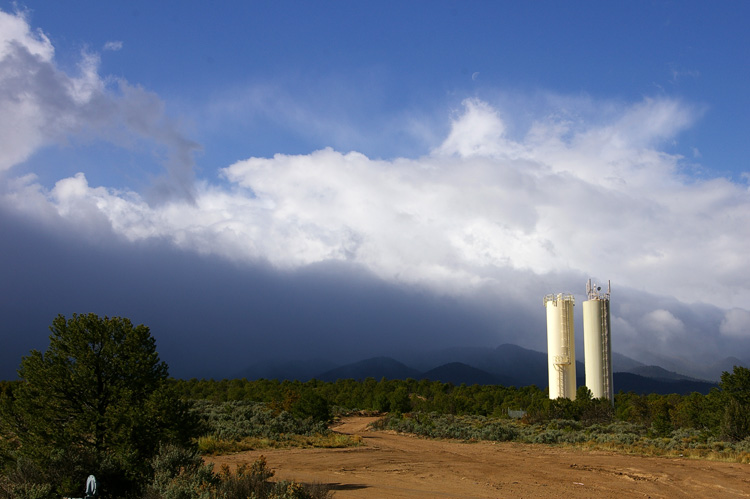I got an e-mail recently that asked;
I was just wondering, why do you enjoy taking photographs in black and white? Do you like the effect is makes? Or do you think it perhaps communicates a certain message to the viewer?I do like the effect, and by that I mean the effect of conventional black and white film printed on black and white paper. In a way, this doesn’t make much sense to someone who is getting into photography currently, unless they’ve seen some black and white prints. I started in photography when film was the only available medium for capturing still images. There is a certain look that one gets printing black and white materials. For that matter, color film also has its own unique look. However, in the case of color, that was generally a limitation, so generally, nobody emulates it in digital.
That vintage black and white look was a higher contrast, and there is a texture in the image due to the film grain. The grain could be thought of in the same way that pencil shading works in a paper drawing. There are certain qualities of the shading (grain) as it goes from a mid-tone to black.
In the digital age black and white is still around, but mostly for design or artistic reasons. Some people like to shoot character portraits in black and white because they think of the color as distracting. The subject is thought to stand out more when there is less to distract from it. I don’t necessarily agree with this. It also has to do with the type of subject, and lighting.
There are all sorts of experiments going on with color, or various color sets, especially limited ones. There’s sepia, a way of toning an image that is monochrome so that the entire tone scale is slightly brown.
So, it is a bit complicated. I’ve got one photo that consists of black, very dark brown, and a lighter brown.
http://www.deasy.com/dreams/paupers_graveyard_2b.htm . It’s called a tri-tone, something invented by the printing industry. It works pretty well for the particular image.
Where I work, which is a research lab, I’m now using digital imaging exclusively. I had no choice in this particular change. The speed of digital and the reduced costs won over film. All the public relation style photos are in color, because they eventually go out for glossy brochures, or the web. Same for all the research documentation, they generally need to be in color. Sometimes they are images of materials research, and color accuracy is crucial.
I do a lot of night photographs for my own photos. There are usually street lights, which are arc lights that put out a narrow and incomplete spectrum, mostly in the green range. I use black and white for these, because the color makes a sickly green image, which is not how it looks to the eye.
So, in spite of the name on this blog, and the name on my main site, which is also Black and White Dreams (
http://deasy.com ) I do shoot color from time to time.

















































